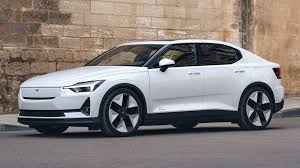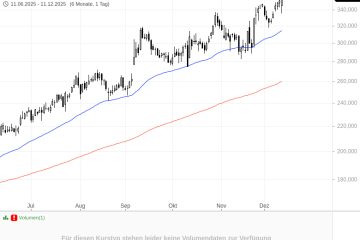Polestar: Leading the Charge in Electric Performance Vehicles

Introduction
Polestar, the Swedish electric performance car brand, is making waves in the automotive industry with its commitment to sustainability and cutting-edge technology. As demand for electric vehicles continues to rise, Polestar stands out due to its unique fusion of luxury performance and environmental consciousness. This has made it a key player in the rapidly evolving automotive landscape, appealing to both traditional car enthusiasts and environmentally aware consumers.
Current Developments
Recently, Polestar announced its ambitious plan to expand its electric vehicle (EV) lineup significantly over the next five years. The company aims to release several new models, including the highly anticipated Polestar 3 electric SUV, which is set to launch in late 2023. This vehicle will feature advanced technologies such as an all-electric powertrain and state-of-the-art connectivity options, reinforcing Polestar’s commitment to providing a seamless user experience.
Moreover, Polestar is also focused on sustainability in its manufacturing processes. The brand has set a goal to become climate-neutral by 2030, which includes adopting more sustainable materials and reducing carbon emissions across the entire supply chain. With extensive investing in battery technology and recycling initiatives, Polestar aims to redefine what is possible in the world of electric vehicles.
The Significance of Polestar
The rise of Polestar cannot be viewed in isolation but as part of a larger transition in the automotive sector towards sustainable models. The increasing shift to electric power is driven by both consumer preference and stringent government regulations aimed at reducing carbon footprints. By offering performance vehicles that do not compromise on sustainability, Polestar positions itself as a strong alternative to traditional luxury automakers struggling to transition into the electric age.
Additionally, Polestar’s approach serves as a benchmark for competitors, pushing the entire industry towards greener practices and innovative designs. The promotional strategies employed by Polestar, which include a direct-to-consumer sales model and a strong online presence, reflect the changing dynamics of car sales in a digitally-driven marketplace.
Conclusion
As Polestar continues to innovate and expand its offerings, it is not just shaping its own future, but also influencing the direction of the entire automotive industry. With a dedicated focus on sustainability and performance, the brand is likely to achieve significant milestones as it looks towards the next decade. Consumers can expect a thrilling array of electric vehicles that combine luxury and eco-friendliness, ultimately contributing to a greener planet. The success of Polestar is not just an affirmation of electric performance cars but signals a larger movement in mobility towards a more sustainable future.









